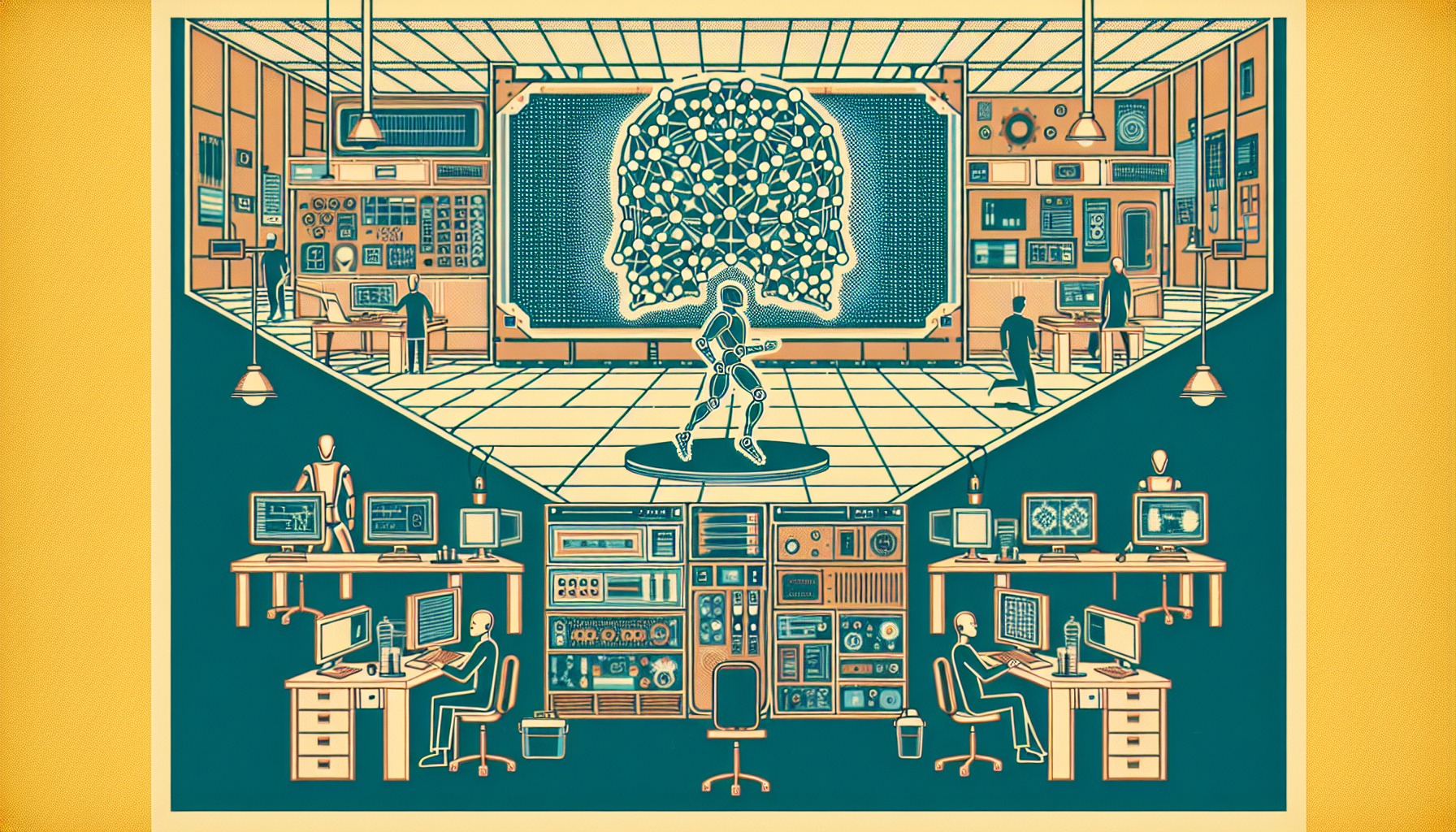Researchers at MIT’s Computer Science and Artificial Intelligence Laboratory (CSAIL) have achieved a breakthrough in how robots are designed. By combining the creative power of advanced artificial intelligence with the precision of physics simulations, they have created new robots that jump higher and land more safely than ever before.
How AI Transforms Robot Design
Traditionally, designing robots has relied on the experience and intuition of engineers. In this new approach, generative AI takes on much of the creative heavy lifting. The process begins with a basic 3D model of a robot. Engineers then tell the AI which parts of the robot it can modify. They set targets, like how high the robot should jump or how stable it must be on landing, and provide limits on materials or size.
With these instructions, the AI model quickly creates and tests hundreds of potential designs. Each candidate is evaluated using detailed physics simulations that predict how it will perform in the real world. The AI then chooses the best results, learns what features are most valuable, and refines its approach in the next round. This cycle of generating, simulating, choosing, and improving repeats many times, leading to highly effective designs that might never have occurred to a human designer.
Remarkable Results in Jumping and Landing
The AI-designed robot demonstrated a leap of about two feet—over 40% higher than similar robots crafted by humans. Just as significant, when the robot landed, it was far more stable, with an 84% reduction in falls compared to the traditional design. Stability during landing is just as important as jump height, especially for robots that might one day work around people or valuable equipment.
One of the secrets behind the AI’s success is the unique shape it invented for the robot’s linkages. Inspired by the curves of a thick drumstick, these new shapes let the robot store more elastic energy as it crouches to jump. This extra energy release boosts its jump while also giving it greater control and strength during landing.
Why This Matters for Robotics
This new approach promises to revolutionize several industries. Factories, warehouses, and even homes could see robots that are not just stronger or faster, but also safer and more reliable. Automating the design process means engineers can quickly try hundreds of variations, evaluating new concepts that might never have been considered before. As development speeds up and costs come down, innovations like this could bring agility and intelligence to many forms of robotics.
There is still more progress to be made. The team believes using even lighter materials, alongside this AI-powered design method, could push robots to jump higher and move more freely. Each new advance brings robots a step closer to true, adaptable agility in daily life.
The Technology Behind the Breakthrough
This progress has been possible thanks to the clever use of diffusion models—a type of generative AI that specializes in creating new designs. Powerful physics simulations, run on graphics processing units (GPUs), let the team test each design quickly and realistically. Through this marriage of AI and physics, researchers can search vast design spaces—trying out combinations that would take humans far longer to imagine or build.
The research was conducted as part of MIT’s Generative AI Impact Consortium, a larger effort to harness artificial intelligence for new applications. It represents a growing recognition that machine creativity can complement human skill, leading to leaps forward in technology and design.
A Vision for the Future of Robots
The work at MIT CSAIL highlights a key shift in robotics. Where once human designers may have followed well-worn paths, AI can now suggest shapes and systems that are both surprising and effective. By uniting human purpose with machine creativity, robots are becoming more capable, resilient, and ready to serve in new roles across society. The future of robotics, guided by generative AI, promises machines that are more agile, stable, and trustworthy than ever before.

Leave a Reply